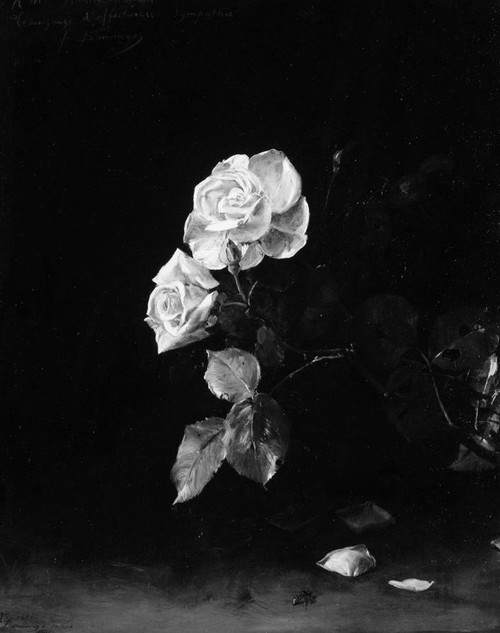Don't wanna be here? Send us removal request.
Text

The lovers are alone in the world, Photo by Edith Gérin, 1960
310 notes
·
View notes
Photo

The Brazilian Independence comprised a series of political events occurred in 1821–1823, most of which involved disputes between Brazil and Portugal regarding the call for independence presented by the Brazilian Kingdom. It is celebrated on September 7.
217 notes
·
View notes
Photo

Announcement of Independence.
Prince Pedro is surrounded by a cheering crowd in São Paulo after giving the news of the Brazilian independence in 7 September 1822.
266 notes
·
View notes
Photo

The Hino da Independência (Portuguese: Independence Anthem) is a Brazilian official patriotic song, created in 1822, commemorating the country’s declaration of independence from Portugal.
It was used as the Brazilian national anthem until the abdication, in 1831, of the first Emperor of Brazil, Dom Pedro I, the composer of the anthem’s melody. The lyrics were written by Evaristo da Veiga).
Dom Pedro I soon lost popularity and because of the anthem’s close association with him in the minds of the people, on his abdication the anthem was replaced as National Anthem by another, also created in 1822, and which remains the new nation’s national anthem to this day.
However, Pedro I’s composition remained in use as a patriotic song, being played especially in the context of civil or military ceremonies celebrating the country’s Independence, and it was declared the “Anthem of the Independence of Brazil”, keeping, therefore, the status of one of Brazil’s official patriotic songs.
181 notes
·
View notes
Photo

Kim Dorland (Canadian, b. 1974), Last Light, 2018. Oil on canvas, 76 x 61 cm.
78K notes
·
View notes
Photo

~ Patera Handle in the Form of a Nude Winged Girl. Culture: Etruscan Place of origin: Etruria Date: second half of 4th century B.C. Medium: Bronze
500 notes
·
View notes
Photo

Le château de Chillon, 1874-77, Gustave Courbet
905 notes
·
View notes
Text
“Geralmente os nossos pecados são tão queridos por nós como se fossem nossos filhos: nós os amamos, abraçamos, apegamo-nos a eles, deleitamo-nos neles. Romper com eles é algo tão difícil quanto decepar a mão direita ou arrancar o olho direito da órbita. Mas isso tem de ser feito. O rompimento é inevitável. “Ainda que o mal seja doce na boca do pecador, e ele o esconda debaixo da língua, e o saboreie, e não o deixe”, ainda assim o pecado terá de ser abandonado, se ele quiser ser salvo (Jó 20.12-13). Se o crente e Deus tiverem de ser amigos, o crente e o pecado têm de estar em luta. Cristo está disposto a acolher a qualquer pecador. Mas Ele não receberá alguém que não se disponha a se separar dos seus pecados […] Ser crente é algo que custará a um homem o abandono de seus pecados.”
— J. C. Ryle
16 notes
·
View notes
Photo

Knud Erik Larsen (1865 – 1922, Danish), Afternoon Past Times.
142 notes
·
View notes















